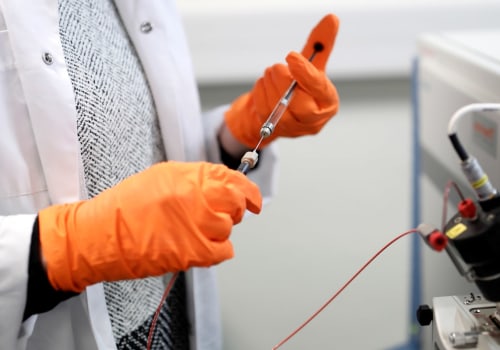Pharmaceutical market research This process involves (definition of research problems and objectives, (research planning), (data collection), (data analysis), (data interpretation) and, finally, (presentation of results). Pharmaceutical organizations, regardless of their location within the supply chain or whether they focus on a B2B or B2C audience, will need to adapt a particular marketing strategy to sell their products and services effectively. Next, we'll discuss some of the most common pharmaceutical marketing strategies. The traditional method of employing sales staff and then deploying them to regions and markets where you are looking to generate new customers is still widely used today.
This is undoubtedly the case in the B2B pharmaceutical markets, where face-to-face contact continues to be a great business enabler. This non-marketing strategy needs guidelines on how to hire sellers who understand how to sell products in new and often emerging markets, but who have proven (and still do) to be effective. Depending on the type of pharmaceutical organization, this process is potentially a two-step process. The first targeting exercise is the customer from a B2B perspective and then the end user from a B2C perspective.
A holistic view of the segmentation process, for example, could allow an OTC and nutraceutical marketing organization to develop knowledge and perspectives that are essential to developing a winning strategy in the OTC and nutraceutical market. With the development of technologies and the growth of marketing platforms and channels, a customer engagement strategy is very common for most B2C organizations, as well as for B2B brands looking for a two-way dialogue with their audiences. This is without a doubt the case for us here at Orientation Marketing. The goal here is to develop a community around the brand where the public can interact with certain content.
Marketing to patients and doctors requires different strategies, just as it would between organizations within the B2B supply chain, but pharmaceutical marketing, in general, involves the same principles found in any other industry. From strategy and planning to reaching customers and making themselves known, from encouraging interaction to increasing conversions and maintaining control of loyal customers and advocates, the RACE Framework has everything your pharmaceutical marketing team needs to achieve their goals. Pharmaceutical marketing costs are considerable, but they are typical of high-tech industries that must communicate important and complex information to sophisticated users. So for this post we'll look at strategy (this e-book explores 25 pharmaceutical marketing tactics and techniques).
Marketing pharmaceuticals can be quite complex for companies that are not well versed in strict industry rules and regulations. To clearly illustrate how the 4P or 7P marketing mix tool can be used to promote a pharmaceutical product. Your pharmaceutical product or service will almost always be promoted according to the Ansoff Matrix and can dictate the marketing strategy you will adopt. Pharmaceutical marketing is currently the most organized and comprehensive information system for updating physicians on the availability, safety, efficacy, dangers and techniques of use of medicines.
Two common marketing strategies that pharmaceutical organizations can broadly adopt arise from this type of strategy. Ultimately, pharmaceutical marketing focuses on supporting patients during release timelines. Successful pharmaceutical marketing strategies require a patient-centered approach, strategic campaigns with personalized content across multiple media channels, and effective ad performance measurement tactics. To help bring this to life, let's look at each section of the OSA framework with some examples of how it can be used to create an effective pharmaceutical marketing strategy.
An effective pharmaceutical marketing strategy uses that consumer insights to develop a strategic mix of paid ads on search engines and social media platforms, as well as programmatic purchasing, conference targeting, EMR and OOH. Pharmaceutical marketing is strongly geared towards educating healthcare professionals about available diseases and treatment methods, but also patients and their caregivers. So let's take a quick tour of the reasons why the RACE Framework is the key to shaping your pharmaceutical marketing strategy for success. .
.







Leave Reply